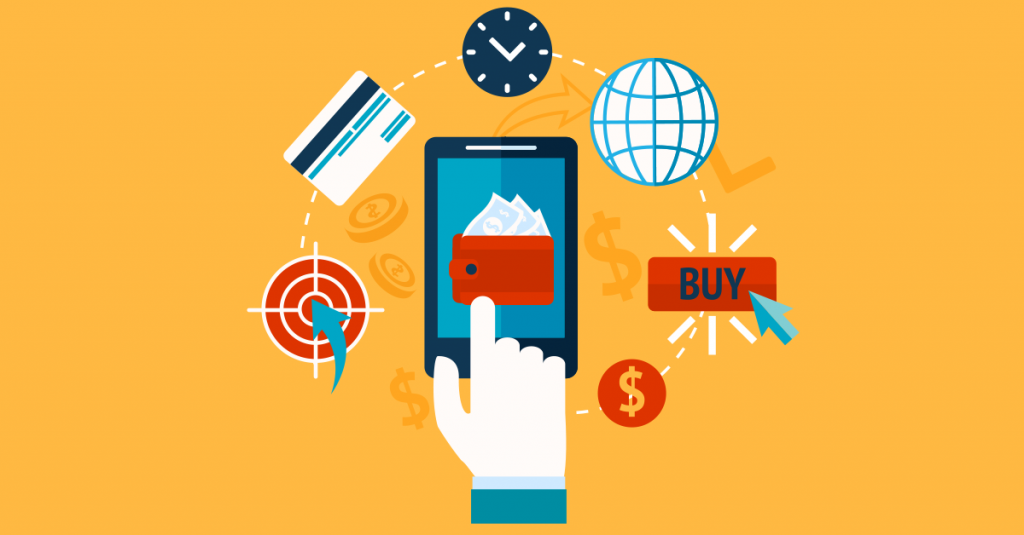
The world of marketing is being disrupted by mobile wallets. Many people think that mobile wallet is just about payments, but they couldn’t be more far from the truth.
Watch the video below as Paul Tomes, CEO of PassKit, talks about the mobile wallet opportunity and how the combined power of mobile wallet & iBeacon technology is creating a MASSIVE opportunity for agencies to reach and engage consumers like never before.
Transcription
Hi I am Paul Tomes and I the CEO of PassKit and we help people in business enable mobile wallet engagement.
Now there’s a lot of confusion about what a mobile wallet is, isn’t there?
You know some people think it’s just about mobile payments, others think it’s about building an app and the majority of people certainly don’t think about it as a new marketing channel.
So let me see if I can help you.
Forrester Research came up with this very nice definition:
“A mobile wallet is a service that consumers manage digitised valuables offers, coupons, loyalty rewards, tickets, boarding passes, gift cards, IDs, electronic receipts or product information) from multiple brands and that enables transactions”.
If you think of one of the earliest players in mobile wallet, Starbucks has built a mobile engagement platform. With 7 million mobile transaction over week, the Starbucks app is a success story of an integrated app where payments fade into the background to cede place to a mobile engagement platform.
And since September 2012, with the launch of Apple Passbook and soon followed by Samsung Wallet and AliPay Wallet, this has opened up brand new opportunities for marketers world over.
While mobile wallets are accessible via any touchpoint (laptop, tablets, wearables), it’s the ever increasing smartphone usage that adds the most value due to the unique ability of mobile to bridge offline and online worlds.
Mixing different technologies that are connecting smartphones to the physical world – for example near field communications (NFC), beacons, image recognition, QR codes and sound wave, mobile wallets are enabling brands to add value beyond just faster and more convenient payment solutions.
Mobile wallet content providers are answering consumers’ latent needs and offering much more than simply handling payment methods:
1 – Consumers want a better shopping experience.
Consumers are not specifically demanding new mobile payment offerings. Offering faster or more-secure payments is not enough; wallet content providers will have to solve real pain points, such as giving consumers the ability to see how much is on stored value cards at any moment in time, access loyalty points, or automatically receive digital copies of payment receipts. Indeed, consumers are already using their smartphones in stores to compare prices; research product information and reviews; and access shopping lists and coupons, gift cards, and loyalty points.
Consumers are interested in accessing all these services in a mobile wallet. In particular, 57% of US online adult smartphone users are interested in having access to loyalty program points and rewards within a mobile wallet.
2 – Wallet content providers are not after payment per se.
“Differentiation will come from the opportunity to build marketing opportunities beyond the payment itself,” and along the same lines, Apple is seeing the potential to increase the value of its entire ecosystem to defend the premium it demands for its devices.
Apple Pay is critical in that it offers consumers a more secure and convenient checkout experience. However, the key to Apple’s wallet lies in the central role of Passbook, where consumers can easily save and organize branded content. Similarly, Google is not seeking payments per se but rather the transaction data underlying the complete chain of commerce to strengthen its advertising business.
3 – Mobile wallets will enable brands to reach out to all customers beyond apps.
No matter how good your own app is, the reality is that only a small subset of your customer base will use it. Consumers spend the majority of their time on just a few mobile apps and, increasingly, on new audience portals like messaging and social media apps. Forrester expects mobile wallets to become one of these platforms, requiring brands to “borrow” mobile moments through a broader mobile partnership ecosystem strategy to serve their customers where they are. In addition, mobile wallet players don’t require you to have an app: Notifications alert consumers that they are near your store or that their Apple Passbook offer has been updated. Specialized mobile marketing companies will open their mobile wallet campaign platforms to integrate open applications programming interfaces (APIs) and mobile advertising solutions.
So why should you care?
1- Mobile wallets Deliver Value To Marketers Today
By aggregating offerings, loyalty points, coupons, and product information from multiple brands on top of faster, more-convenient payments, mobile wallets enable marketers to extend the brand promise, improve conversion rates, and drive traffic and sales.
2 – In The Next few years, Mobile wallets will Become Marketing Platforms
In the next few years, third-party players like Apple and Samsung are best placed to emerge from the mobile wallet wars and morph into rich marketing platforms, offering reach and the opportunity for other brands to borrow mobile moments to better serve their customers.
3 – Marketing Leaders need to look at wallets’ Potential Beyond Payments and Develop Contextual Offerings
Marketing leaders should test mobile wallet campaigns now. To make the most of mobile wallets’ full potential, marketers should plan for contextually relevant real-time offerings, mobilize their loyalty programs, and regularly update the branded content they will use to engage customers in these mobile wallet apps.
Take Action
The next step is to take action. Having the vision is obviously not going to allow you to capitalise on this white hot opportunity. To learn more about what PassKit has done to turn this vision into a reality.














